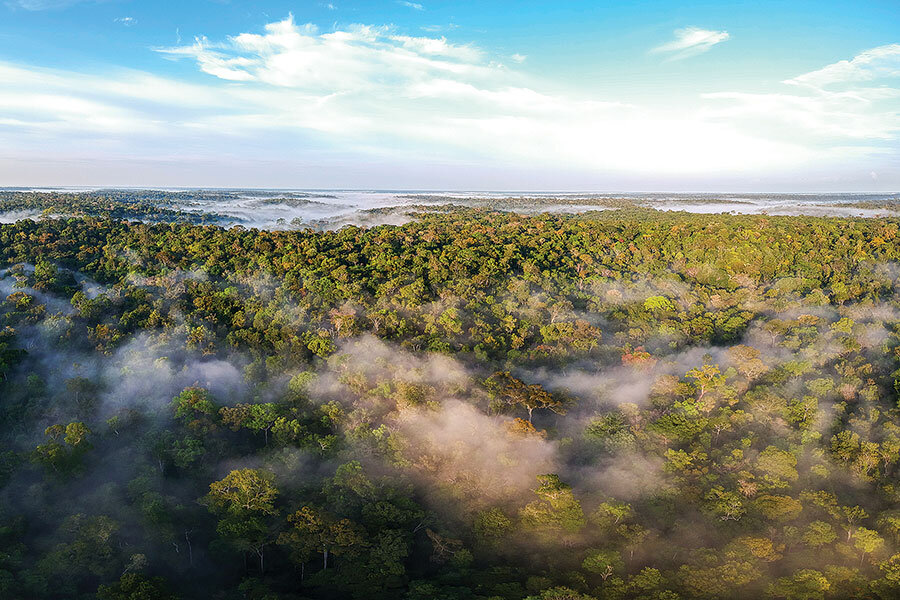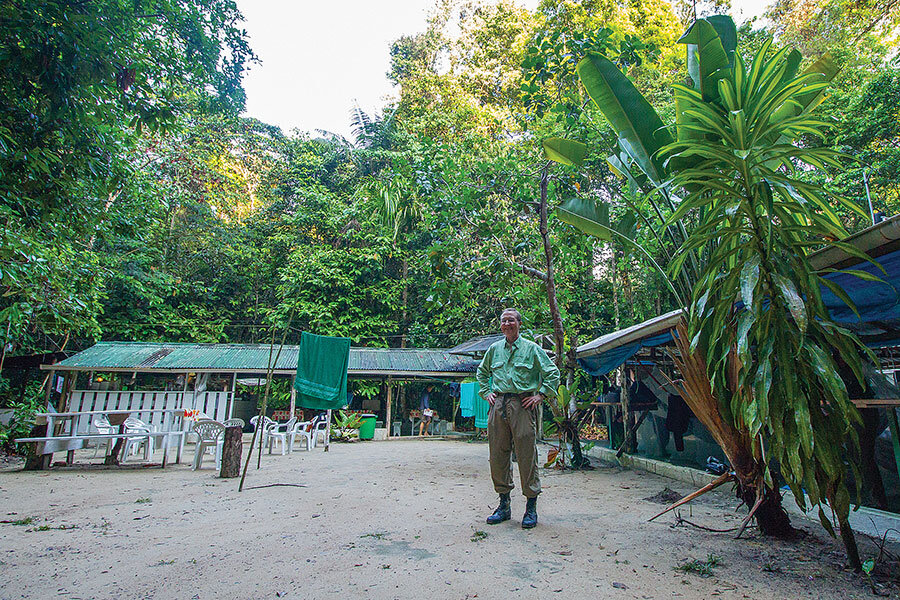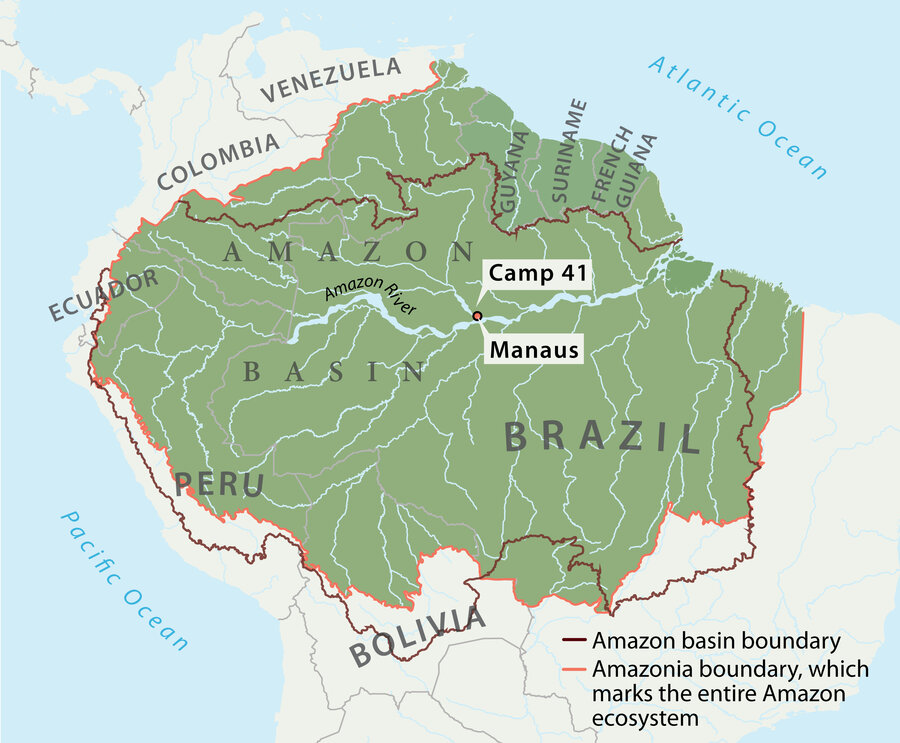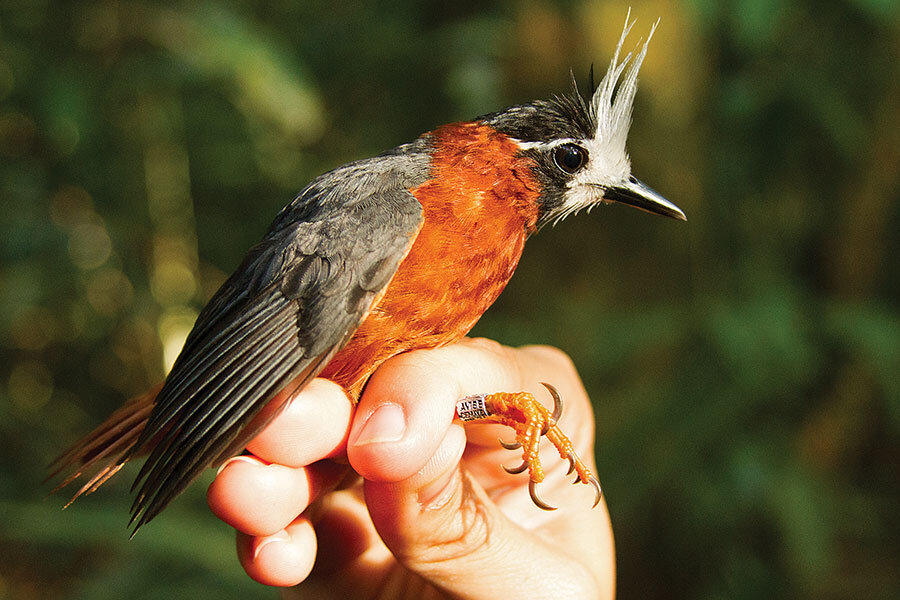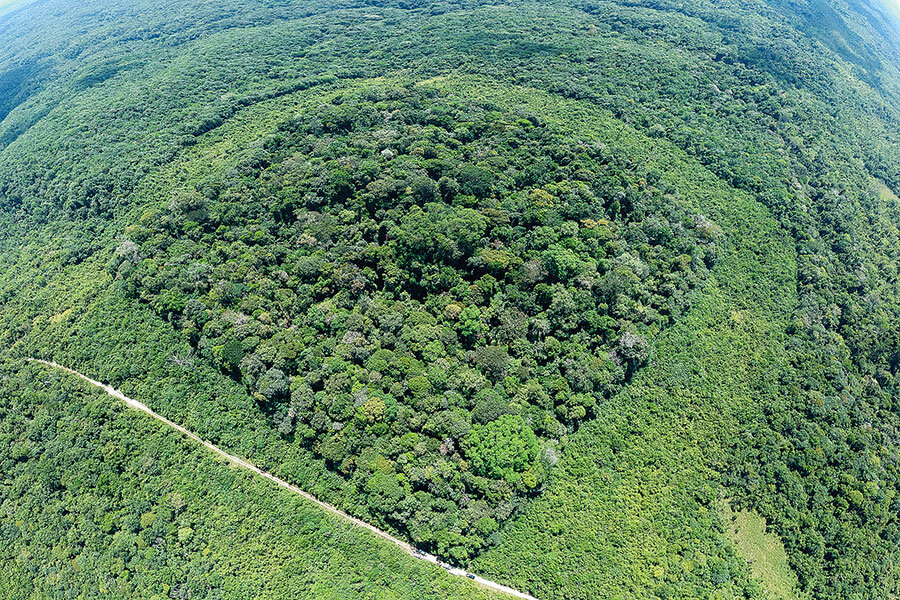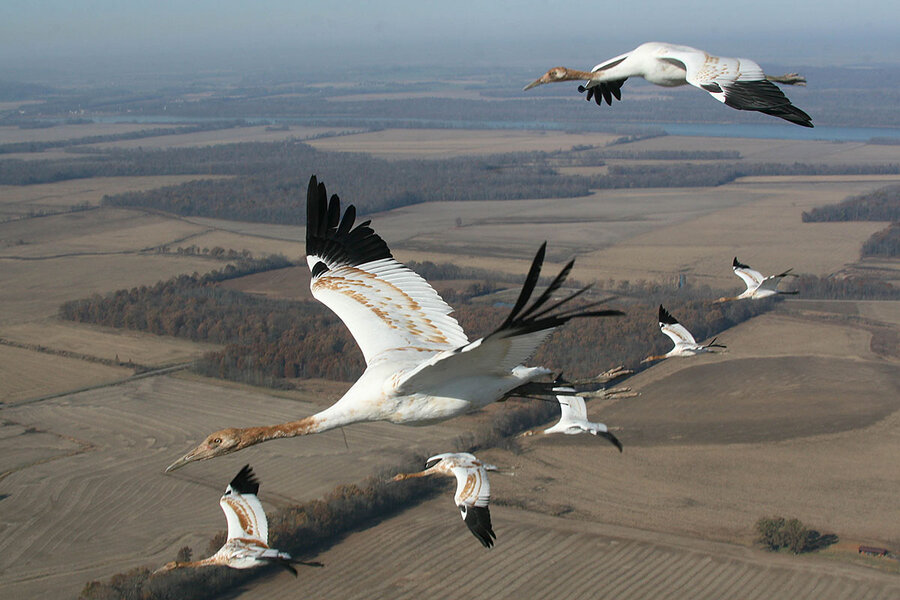confused
as to if its relating to cats or humans
probably us/both animals
hes alright tho'
New research reveals how toxoplasmosis alters the brain
Scientists have shown how the toxoplasmosis parasite hides away in the brain, altering synapses and potentially causing depression, schizophrenia and autism.
![]()
Mice infected with toxoplasmosis parasites behave strangely: they lose their natural fear of cats. Presented with the smell of cat urine, they even seem attracted to the deadly predator, scientists have found.
Toxoplasmosis is caused by the pathogen
Toxoplasma gondii, a unicellular parasite that occurs worldwide.
It affects birds and mammals, including humans. However, it can reproduce only the digestive system of a cat. Somewhere it might quickly end up if it happened to be stowed away in an unusually fearless mouse.
From cat poo to car crashes
Cats excrete the toxoplasmosis pathogen in their feces, meaning you might pick it up cleaning the family pet's litter box, or gardening. Humans can also become infected by eating contaminated food.
![]()
The cat curled up in your bed could be harboring a mind-altering parasite
And a great many of us do.
Up to half of all adults are infected with toxoplasma pathogens. But mostly, the parasite goes unnoticed.
Toxoplasmosis is dangerous to people with a weakened immune system or unborn children whose mothers are infected during pregnancy. But for most of us, the most we might suffer is a brief bout of flu-like symptoms with fever, fatigue, muscle pain and diarrhea.
Read more: Five pathogens that can harm an unborn child
Once you're infected, however, the parasite often sticks around in muscle or brain tissue for the rest of your life — what doctors call a "hidden infection."
And, just as it makes a timid rodent dangerously brave, research suggests it may change the way unwitting human carriers behave, too. Toxoplasmosis has been linked to schizophrenia, depression, autism — and even an increased risk of being involved in traffic accidents.
Now,
new research is revealing just how the parasite might change the way the brain works.
![]()
Toxoplasmosis could be interfering with synapses to cause depression, schizophrenia and autism
Messing with the brain's messengers
Scientists from the
Otto-von-Guericke University Magdeburg and the
Leibniz Institute for Neurobiology (LIN) have shown that
Toxoplasma gondii influences the metabolism of its host's brain.
The parasite alters the molecular composition of synapses, which are responsible for signal-processing in the brain, according to the research published in the Journal of Neuroinflammation.
"
Toxoplasma gondii is absorbed by humans via digestion, enters the bloodstream and also migrates into the brain to get into in nerve cells for the rest of one's life," said Karl-Heinz Smalla of the Special Laboratory for Molecular Biology Techniques at LIN.
In cooperation with the Helmholtz Center for Infection Research, the team was able to prove that the infection alters the quantities of a 300 synaptic proteins in the brains of infected mice.
In particular, the animals had significantly fewer proteins in the vicinity of glutamate-releasing excitatory synapses. At the same time, proteins involved in immune responses were up.
![]()
Fatal attraction: Changes in brain metabolism appear to have the power to override a rodent's basic instincts
"Malfunctions of glutamatergic synapses are associated with depression, schizophrenia and autism. Components of the immune response also show links to these diseases," said Ildiko Rita Dunay, an immunologist who worked on the study.
"This suggests that immune reactions may cause changes in the synapse that may lead to neuropsychiatric disorders," she added.
Treatment at hand
The good news is, sulfadiazine, an antibiotic used to treat toxoplasmosis infections, restored the infected mice's brain metabolism to normal.
"All investigated proteins responsible for the glutamatergic signal transmission were back to normal. The inflammatory activity also decreased measurably," said Björn Schott of the team in Magdeburg.
And hopefully, the rodent's aversion to ending up as lunch was back, too.
GUINEA WORM: INCHING TOWARDS ERADICATION
Close to ending a parasitic disease
In 1986, there were an estimated 3.6 million cases of Guinea worm disease per year in 21 countries in Africa and Asia. Today, the parasitic disease is close to eradication. In 2017, there were only 30 cases in Chad and Ethiopia. In the first three months of 2018, there were only 3 human cases in one country, Chad.
12345678
DW RECOMMENDS
New research reveals how toxoplasmosis alters the brain | DW | 09.11.2018



































